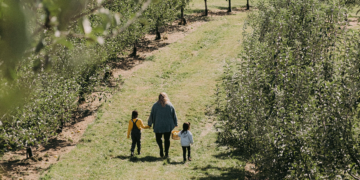Hermer, L., &Spelke, E. S. (1994). A geometric process for spatial reorientation in young children. Nature, 370(6484), 57.
DISORIENTED1–3 rats and non-human primates reorient themselves using geometrical features of the environment2,4–6. In rats tested in environments with distinctive geometry, this ability is impervious to non-geometric information (such as colours and odours) mark-ing important locations and used in other spatial tasks7. Here we show that adults use both geometric and non-geometric information to reorient themselves, whereas young children, like mature rats, use only geometric ...




![[연구참여자 모집/사례 지급] 자유연상 패턴과 심리적 속성 간의 관계 탐색](https://happyfinder.co.kr/wp-content/uploads/2024/05/워드프레스_연구참여자모집-360x180.png)









![[센터장 인사말] 서울대학교 행복연구센터의 센터장 최인철입니다.](https://happyfinder.co.kr/wp-content/uploads/2021/05/greetings-120x86.png)

![Vol.70 [행복달력] MAY Happiness Calendar](https://happyfinder.co.kr/wp-content/uploads/2022/04/5월_행복달력_커버페이지-1-120x86.png)




